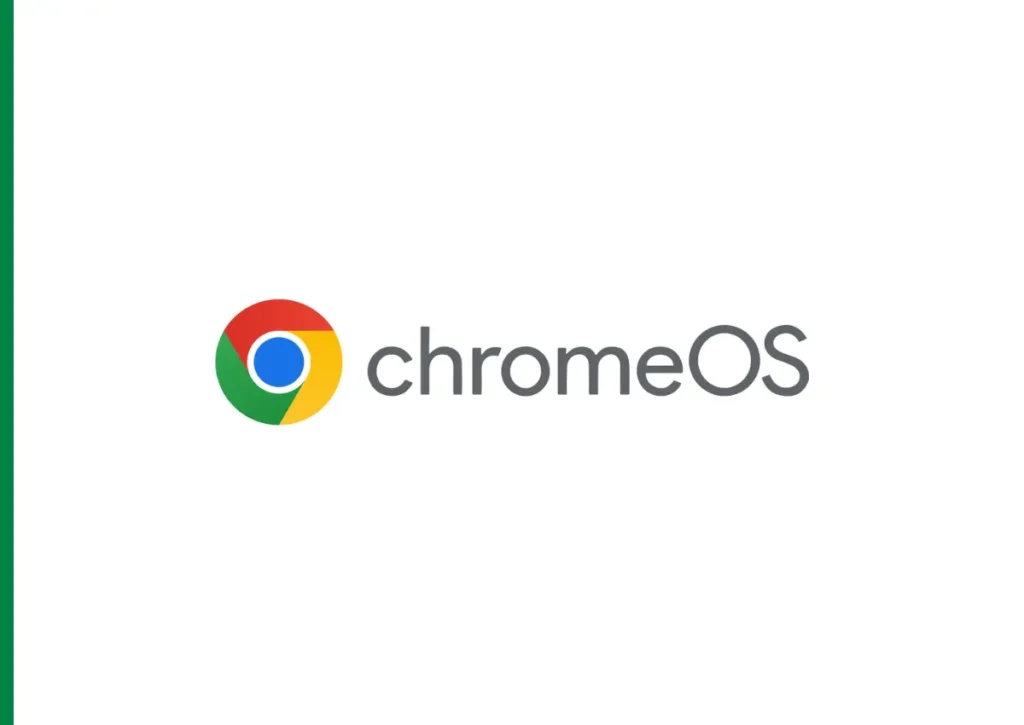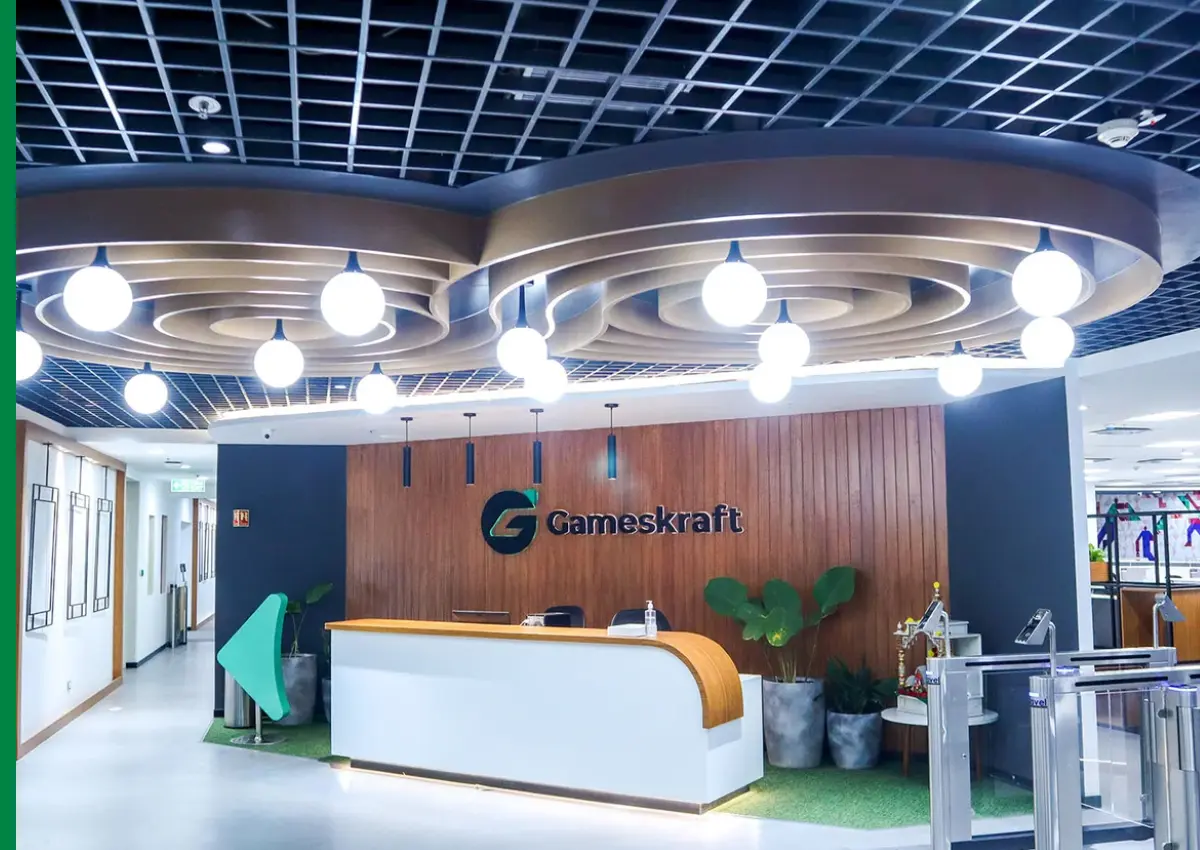Months of rumor milling coupled with industry speculation later, Google has now announced what many thought deep down they should have known: Chrome OS is going to be integrated into Android to develop an all inclusive platform that is bound to transform the way people use laptops, tablets and mobile devices. This revolutionary news is on the lips of Sameer Samat, the President of the Android Ecosystem of Google and it changes the approach of Google to operating systems drastically.

The Official Upgrade That Changes Everything
It was confirmed in an open interview with Samat and TechRadar journalist Lance Ulanoff, in which the Google executive admitted ambitions of the company. That was by reason of amongst other things that we are going to be integrating Chrome OS with Android into one platform and I am really keen to see how people are using their laptops currently and what they are accomplishing with them and I was merely fishing around to see how I can fit into the future.
The merger will not be simply a technical integration, no it is the go-ahead by Google to the increasing need of cross-device experiences that are smooth. As consumers continue to demand that their phones, tablets, and laptops be able to communicate with one another easily, Google has found a solution with their unified platform strategy as it satisfies the current trends needed by their consumers and allows the corporation to compete with Apple ecosystem integration at a more balanced line.
Understanding the Technical Foundation
The merger is not taking off in a blank slate. Chrome OS has already inherited the Linux kernel and other basic components of Android and this transition will be more of an evolutionary rather than revolution. years Google has been preparing the foundations, slowly and steadily integrating Android features to Chrome OS and Android adding desktop-like features to the system.
The current Android versions have also come up with advanced desktop features, windowing technologies and Linux terminal emulators- a clear signal that Google was setting up android to handle more than just mobile telephone systems. This has been leading to a point that architectural convergence strategy in the company has been pointing out to where there is no longer the commercial logic of keeping two distinct operating systems.
Short-term Advantages to the Common User
The most outstanding benefit to users would be the lack of the prevalent fracture among the Google platforms. The users will have the benefit of experiencing a genuinely unified platform rather than trying to manage multiple interfaces and stores, as well as other syncing techniques that exist in separate devices.
Your Android device will integrate into your next Android-based laptop that will share applications and settings and allow sharing via data without the current restrictions.
Another significant upgrade is availability of applications. Users of Chrome OS have long been faced with the lack of choice in terms of applications available to them in case of comparison with conventional Android devices.
The merger will also give Chromebook users full access to the Android app ecosystem, which features many popular mobile apps and which have otherwise been unavailable to Chromebook users, or have been available in a poorly-optimized form.
Functions relating to productivity will also be enhanced significantly. The new unified platform will behave well with multi-window interfaces, better handling of external displays, and enhanced interrelation with professional software tools. The result of this is that users will be able to get productivity levels that they are used to on the desktop, whilst still enjoying the ease and security that made Chrome OS a success in schools and businesses.
Developer Advantages and Market Implications
From a developer perspective, this consolidation eliminates the complexity of maintaining separate applications for Chrome OS and Android. Instead of creating multiple versions of their software, developers can focus on building robust applications for a single, expanded platform that reaches users across phones, tablets, and laptops.
This unified approach also creates a larger addressable market for developers. The combined user base of Android and Chrome OS devices represents a significant opportunity, potentially encouraging more developers to create high-quality applications that work across all device types. The result should be better software options for users and more revenue opportunities for developers.
Strategic Positioning Against Competitors
Google’s merger directly addresses competitive pressures from Apple’s integrated ecosystem and Microsoft’s Windows platform. Apple’s seamless integration between iPhone, iPad, and Mac has long been a selling point that Google’s fragmented approach couldn’t match. By unifying Chrome OS and Android, Google creates a more competitive alternative that can offer similar cross-device functionality.
The timing is particularly strategic as the tablet market continues to grow and users increasingly expect laptop-like productivity from their portable devices. Android tablets have historically struggled against iPads, but the integration of Chrome OS’s desktop-optimized features could finally give Google’s tablets the competitive edge they’ve been lacking.
AI Integration and Future Capabilities
Artificial intelligence represents a crucial component of this merger strategy. By consolidating onto a single platform, Google can more effectively integrate its Gemini AI capabilities across all device types. This unified approach will enable more sophisticated AI features that work consistently whether you’re using a phone, tablet, or laptop.
The merger also positions Google to better compete in the emerging AI-powered computing landscape. As AI becomes more central to how we interact with our devices, having a unified platform allows Google to implement AI features more efficiently and provide users with more intelligent, context-aware experiences across all their devices.
Timeline and Implementation Challenges
Giving its given indications to present the merger, it is not clear when it will take place. According to industry experts, the initiative will take a number of years, and the first Chromebooks powered by Android may be in evidence in 2026 or beyond. Migration of the current Chrome OS users will be highly worked out and might take long to execute since it involves security and performance standards.
The existing Chrome OS users are not likely to get any changes. Google is bound to offer a smooth transition process where new features will be introduced gradually using the android platform and maintaining the current functionality. The history of Chrome OS updates in the company indicates that they will focus on stability and user experience during the transition.
Final thoughts
The merger is not merely consolidation of operating systems, it is the vision of Google on the future computing. The gray areas between mobile and desktop computing only thicken, thus, having the same platform that can perform equally in a phone, tablet, and laptops only makes more sense.
This initiative will be nearly as successful as Google can learn to keep the security, ease of use, and performance that has made Chrome OS a hit and combine this with the flexibility and popularity of specialized apps that has made Android ubiquitous in mobile computing. Properly done, this merger will make Google the dominant player in cross-device computing experiences. The computing experience of the future is too integrated, and Google is pinning all its hopes on making it come true.



